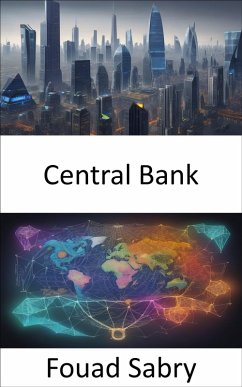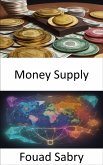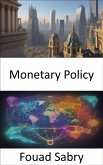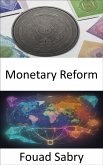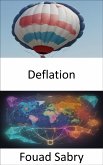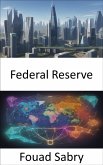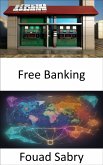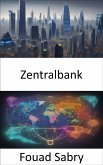What is Central Bank
A central bank, reserve bank, or monetary authority is an institution that manages the currency and monetary policy of a country or monetary union. In contrast to a commercial bank, a central bank possesses a monopoly on increasing the monetary base. Many central banks also have supervisory or regulatory powers to ensure the stability of commercial banks in their jurisdiction, to prevent bank runs, and in some cases also to enforce policies on financial consumer protection and against bank fraud, money laundering, or terrorism financing.
How you will benefit
(I) Insights, and validations about the following topics:
Chapter 1: Central bank
Chapter 2: Federal Reserve
Chapter 3: Inflation
Chapter 4: Deflation
Chapter 5: Interest rate
Chapter 6: Monetary policy of the United States
Chapter 7: Money supply
Chapter 8: Monetary reform
Chapter 9: Monetary policy
Chapter 10: Monetary base
Chapter 11: Open market operation
Chapter 12: Reserve requirement
Chapter 13: Bank of Korea
Chapter 14: Money creation
Chapter 15: Bank rate
Chapter 16: Monetary authority
Chapter 17: Bank of Canada
Chapter 18: Modern monetary theory
Chapter 19: Quantitative easing
Chapter 20: Bank of Albania
Chapter 21: History of monetary policy in the United States
(II) Answering the public top questions about central bank.
(III) Real world examples for the usage of central bank in many fields.
Who this book is for
Professionals, undergraduate and graduate students, enthusiasts, hobbyists, and those who want to go beyond basic knowledge or information for any kind of Central Bank.
A central bank, reserve bank, or monetary authority is an institution that manages the currency and monetary policy of a country or monetary union. In contrast to a commercial bank, a central bank possesses a monopoly on increasing the monetary base. Many central banks also have supervisory or regulatory powers to ensure the stability of commercial banks in their jurisdiction, to prevent bank runs, and in some cases also to enforce policies on financial consumer protection and against bank fraud, money laundering, or terrorism financing.
How you will benefit
(I) Insights, and validations about the following topics:
Chapter 1: Central bank
Chapter 2: Federal Reserve
Chapter 3: Inflation
Chapter 4: Deflation
Chapter 5: Interest rate
Chapter 6: Monetary policy of the United States
Chapter 7: Money supply
Chapter 8: Monetary reform
Chapter 9: Monetary policy
Chapter 10: Monetary base
Chapter 11: Open market operation
Chapter 12: Reserve requirement
Chapter 13: Bank of Korea
Chapter 14: Money creation
Chapter 15: Bank rate
Chapter 16: Monetary authority
Chapter 17: Bank of Canada
Chapter 18: Modern monetary theory
Chapter 19: Quantitative easing
Chapter 20: Bank of Albania
Chapter 21: History of monetary policy in the United States
(II) Answering the public top questions about central bank.
(III) Real world examples for the usage of central bank in many fields.
Who this book is for
Professionals, undergraduate and graduate students, enthusiasts, hobbyists, and those who want to go beyond basic knowledge or information for any kind of Central Bank.
Dieser Download kann aus rechtlichen Gründen nur mit Rechnungsadresse in A, B, BG, CY, CZ, D, DK, EW, E, FIN, F, GR, H, IRL, I, LT, L, LR, M, NL, PL, P, R, S, SLO, SK ausgeliefert werden.

